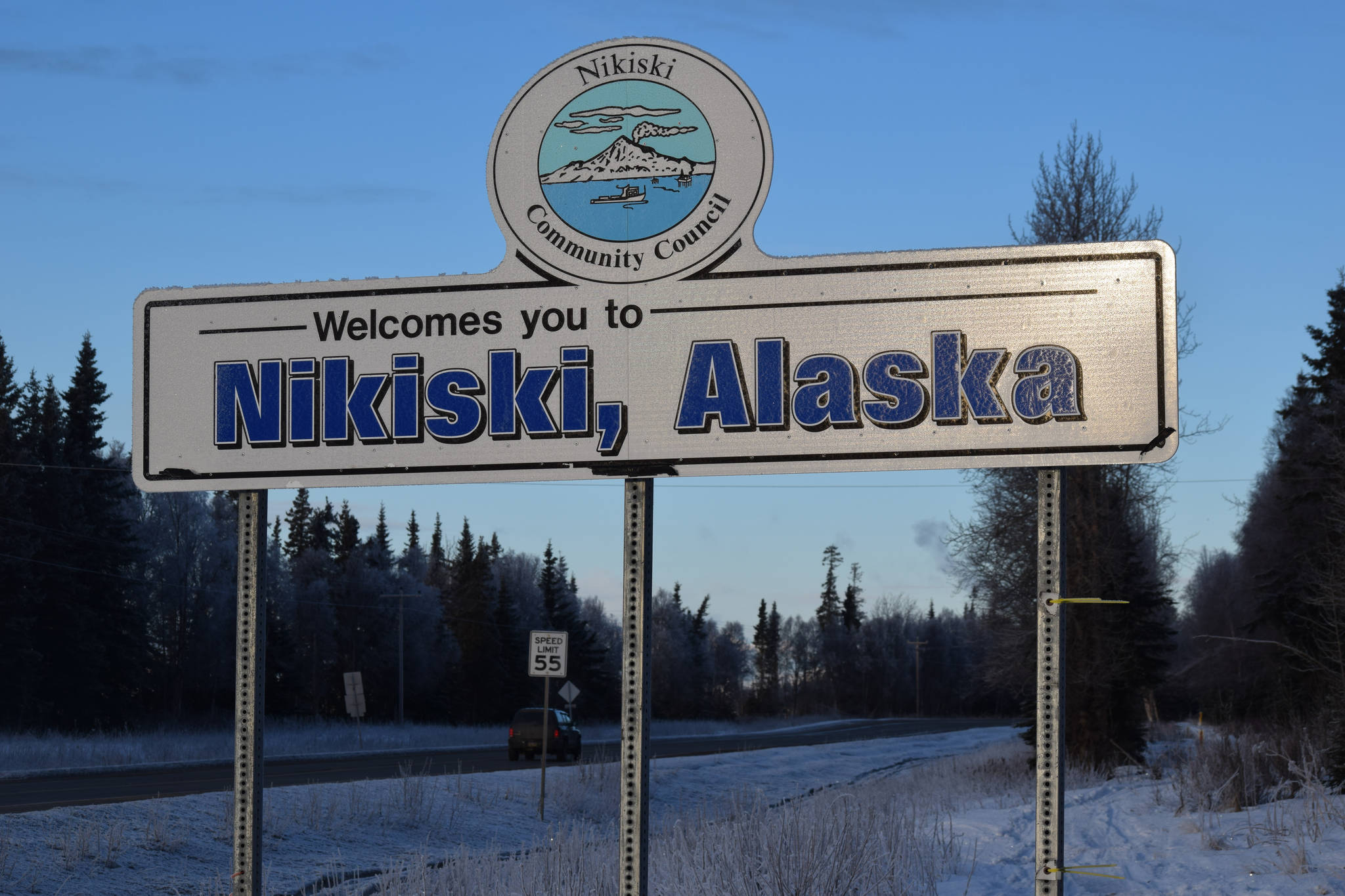A soil treatment facility may be coming to Nikiski following the issuance of a permit to Soil Treatment Technologies, LLC by the Alaska Department of Environmental Conservation’s Air Quality Division for the project. The facility, once completed, would be located near Mile 27.5 of the Kenai Spur Highway in Nikiski, and would treat soil contaminated with petroleum.
According to ADEC Public Information Officer Laura Achee, the facility would treat soil over two phases. The soil would be heated at high temperatures during the first phase, which would reduce contamination to below the state soil cleanup levels. The gases resulting from the first phase would then be treated by removing particles and destroying organic vapors as part of the second phase.
Ultimately, treated soil could be reused or disposed of.
ADEC solicited public comments on the facility’s air quality permit process and received 51 responses. Those supportive of the facility’s Nikiski location said it would bring jobs to the community and treat the region’s contaminated soil, while those in opposition said it poses health risks to the community and negatively impacts property values.
Specifically, comments opposed to the facility said contaminants that may be released into the area or into the ground pose a risk to public health.
“I cannot imagine why they wish to build such a site in the middle of a residential community,” wrote Ralph Deatherage. “The risks to residents far exceed any benefit. I am sure there are other more isolated areas where such a plant could be constructed.”
“Nikiski residents shouldn’t have to sacrifice home values for an operation that could be easily placed far away from people’s homes,” wrote Dana Armstrong.
Those in support noted that the closest soil treatment facility to the peninsula currently is in Anchorage and that the community’s soil is already contaminated.
“The closest soil treatment option is Anchorage, three hours away. It’s too costly for individuals and small businesses to cleanup and so those already contaminated sites just sit there, continuing to leech into our soils,” wrote Camille Broussard.
“Having a soil remediation plant in our community will provide needed jobs, a needed service that is highly relevant to this area, and tax income for our community,” wrote Catherine Bethune. “The emissions are within reasonable parameters and under federal standards.”
STT used its own public comment to respond to concerns raised by the community and said the facility is specifically designed to ensure that soil and groundwater are not impacted by the site and that soil transported to the facility will be moved in covered trucks to mitigate the spread of dust along roadways. Movement of soil to the facility must be approved by ADEC.
Trucks carrying soil to the facility will be offloaded in a covered containment area onto an asphalt concrete pad that is petroleum-resistant and will be sloped toward a central area to collect any water runoff. The containment area will prevent water from rain and snowmelt from getting into the impacted soil and will prevent dust generation. Water collected will be treated, sampled and analyzed by ADEC in an “approved laboratory,” with lab reports submitted to ADEC as a way of verifying that the water is not impacted, STT wrote.
Soil treated at the facility would be put into steel containments and sampled by environmental consultants — approved by ADEC — who would confirm it is not contaminated. The containments are designed to contain rain runoff for later treatment and will be covered when not in use, STT wrote. ADEC will additionally confirm that each lab sample of soil meets “the most stringent” migration to groundwater cleanup levels before the treated soil is moved from the containment. The clean soil will then be available for reuse after remediation.
STT also wrote that a treatment plant with specialized engineering controls was selected specifically to ensure air quality for residents in the area is safe. Those controls will allow “nearly all” smoke and vapor emissions to be eliminated. Additionally, the facility will use a collection and filtration system that is 99.98% effective at removing particulate matter from the exhaust air. Remaining vapors would then be treated.
“In addition to being a constant source of future employment for the community, we also endeavor to play a major role in supporting the cleanup and restoration of various contaminant impacted sites throughout Nikiski and the greater borough area,” STT wrote. “We plan to operate this facility with transparency and integrity to ensure the safety of the residents and the protection of the environment.”
ADEC said in its own response to concerns voiced via public comments that the requirements for minor permit review are being met and they planned to move forward with issuing the final permit. The department also said that concerns about water quality were “outside the scope” of the permitting action, which specifically addressed air quality.
“The comments have not provided a regulatory or statutory basis for the Department to not proceed with issuing the permit,” ADEC wrote.
Kenai Peninsula Borough Planning Director Melanie Aeschliman said in an email that the borough has been in contact with the state throughout the permitting process, including the ADEC Division of SPAR Contaminated Sites Programs and ADEC’s Division of Air Quality Permitting Program.
“The Kenai Peninsula Borough does not have a level of zoning which would allow me to administer any type of requirements or permits on this subject,” Aeschliman wrote, adding that the borough will continue to monitor the issue with ADEC.
Reach reporter Ashlyn O’Hara at ashlyn.ohara@peninsulaclarion.com.


